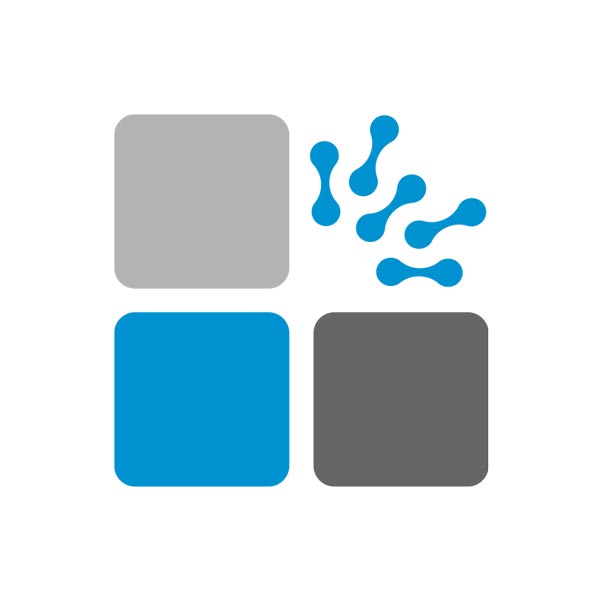

By Cegedim Healthcare Solutions
On Jan 30, 2019
Read time
5 minutes
What Can Replace Map of Medicine?
When Owen Epstein and Mike Stein created Map of Medicine at the Royal Free Hospital in 2000, it represented a revolution in clinical pathway creation and dissemination. But now it is no more; general practices and hospitals around the UK are searching for a replacement.
When it was announced in July 2018 that Map of Medicine was withdrawing from the market and discontinuing support for more than 420 digital clinical decision pathways, GPs and hospital consultants went looking to find a new solution.
Ever since Map of Medicine was integrated into the National Programme for IT the tool has helped GPs and hospital doctors reduce poor referrals, inappropriate tests and flawed patient journeys.
Developing and Designing Clinical Pathways
At the heart of Epstein and Stein’s innovation was the concept of a standardised clinical pathway. The concept of pathways was first developed by the defence industry in the 1950s. Then in the 1980s Motorola and Toyota took up the idea and turned it into a quality management approach known as Six Sigma. Some of the first work on medical pathways occurred in the Netherlands and it is accepted that the advantages of using a clinical care pathway are:
-
Shorter end-to-end care processes
-
Shorter waiting times between delivering aspects of care
-
A more coherent approach to an individual’s care
-
Significant reduction in the potential for errors
-
A reduction in the cost of delivering care due to efficiency
-
Increased job satisfaction for those involved
A clinical pathway, also known as a care pathway, an integrated care pathway, critical pathway or care map, is now one of the main tools used to manage the quality of healthcare.
Outcomes Manager replaces Map of Medicine
Two decades on, Epstein and Stein’s vision can now be delivered alongside a new concept - Population Health Management.
Cegedim Healthcare Solution’s Outcomes Manager service has at its heart the original concept of locally authored digital decision support pathways but now augmented by data analytics. Not only can Outcomes Manager guide clinicians through the most appropriate next steps for their patients, the service can tell a practice how many patients have been appropriately managed and how many might need to be placed on a more appropriate pathway or need direct intervention.
Used properly, Outcomes Manager can detect an almost endless list of things from undiagnosed diabetics to potential osteoporosis sufferers based on data that may have been overlooked or not seen in context.
A McKinsey report: Using Care Pathways to Improve Health Systems (2011) highlighted how NHS London used population health analytics to introduce dedicated stroke units. The percentage of London’s stroke patients given thrombolysis has more than tripled, and in-hospital mortality rates among stroke patients have declined. The same report highlights how Northampton CCG saved £373,000 on prescriptions by introducing specialist diabetologists into their diabetes care pathways. Much of the savings were simply through the consistent prescribing of generic rather than brand name drugs.
Typical applications
You can apply population health management to any healthcare challenge or initiative. Here are some of the more popular uses:
-
Chronic disease case finding. The UK population is ageing, and as people get old, they are more likely to have co-morbidities. Case finding is an effective way to identify patients that are very likely to have a condition but don’t have the diagnostic code on their record.
-
Disease management. Identify patients meeting specific criteria and change their disease-specific care plans to improve outcomes.
-
Prevention. Identify patients that are at high risk of developing a chronic disease. A real-world example is to identify patients at risk of certain cancers.
-
Local service reporting. A straightforward application of population health management is to report on service provision. It takes the pain out of collecting and collating information from practices and can even calculate monetary values for payment.
-
Management. Highlight examples of poor and good management within a practice or hospital.
-
Efficacy. Understand who is using the software and what outcomes they are getting.
Is the Outcomes Manager System Device- and Clinician- Friendly
Outcomes Manager’s advances on Map of Medicine’s technology go further. Users can use Outcomes Manager on their existing electronic patient record (EPR) system without having to sign in to a separate portal – a drawback of the Map of Medicine approach. Cegedim has integrated its technology into all major general practice systems in the UK (EMIS and System One) and Outcomes Manager is already being used by 1600 practices.
This agnosticism also extends to how and where you view Outcomes Manager. Unlike the PC-based Map of Medicine system, Outcomes Manager is a web-based tool that can be viewed on tablets, personal computers (PCs) and mobile phones making it perfect for doctors in secondary care environments or GPs doing house calls or visiting care homes.
The other major technical leap is that pathways can be authored by local experts using the software provided or by Cegedim’s team of clinical authors. This provides flexibility and allows the transfer from Map of Medicine to Outcomes Manager to occur smoothly.
There are a dozen areas where Outcomes Manager represents a significant advance on Map of Medicine:
-
Outcomes Manager is Device agnostic
-
Integrated with all major GP systems
-
Built on APIs that can integrate with hospital electronic medical records (EMRs)
-
Able to offer clinical authoring software
-
A mechanism to distribute pathways amongst practices, regions or nationally
-
Able to produce analytics dashboards
-
Able to deliver population health analytics
-
Supported by a dedicated and committed Cegedim service team
Vision for Outcomes Manager
The departure of Map of Medicine is an opportunity for Cegedim but also for our population's health. The world has moved on to openly give the right people, the right tools, at the right time to help them do their jobs more efficiently. There is vast potential for this technology. Outcomes Manager is in 1600 practices, but in most only a fraction of its potential is being utilised.
What we get excited about are the practices using it to find the outliers. The people with blood sugar out of control, who have had two falls in the last six months or are unwittingly suffering from a long-term condition. The data is there to find these people and intervene in their health.
We can all be more proactive. And this isn’t a sales pitch – it’s free to use (in England). Even if we had 500 practices doing this, it would transform patient care.
At Cegedim Healthcare Solutions, we’re interested in Outcomes Manager making a difference. It is the stories that drive us. We want to say we helped an area reduce fractures by 40% - that’s the kind of thing that could happen.

